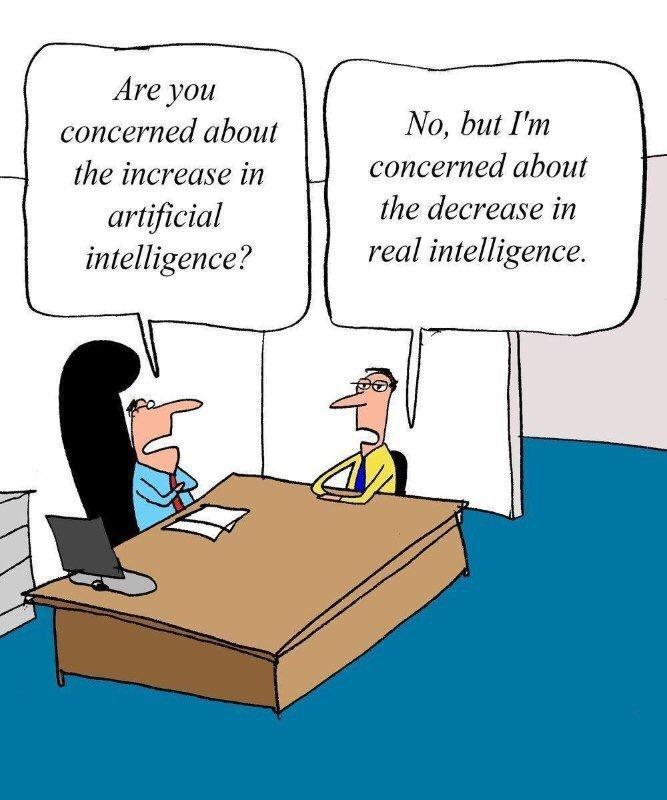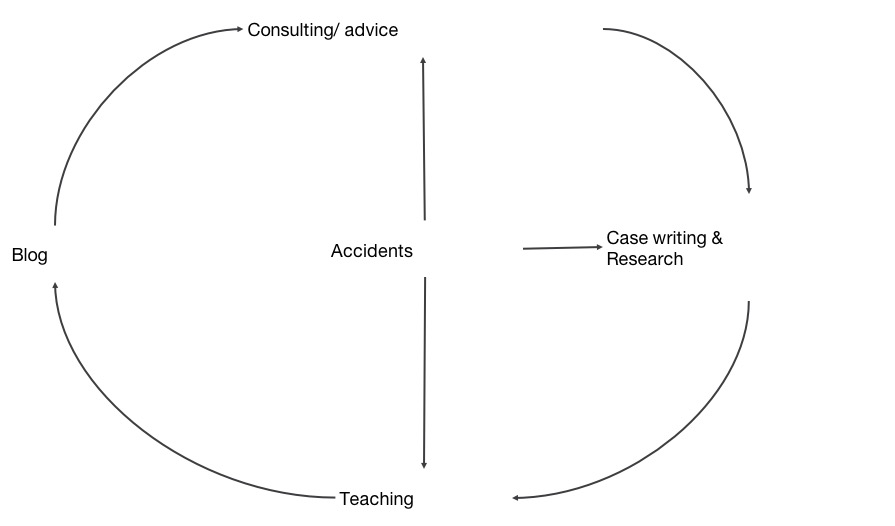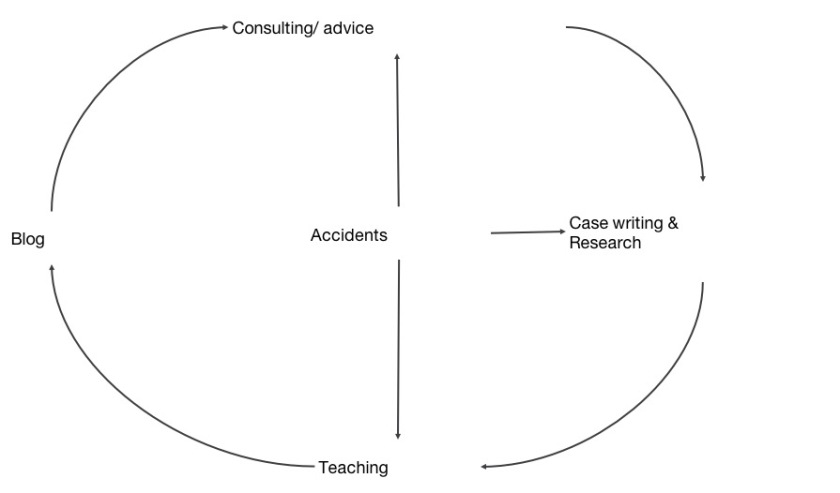This is that time of the year when Indian business schools welcome their new students. As a self-proclaimed proponent of the case method of learning, I am often invited by my school to teach a session on “case method of learning” to the first year students. And one of my key messages to one such group of students this year was this: “a lot of what you will learn in the business school in terms of content, can be read from a variety of sources; what you will learn in class through continuous, repeated practice is the ability to make sound judgments.” This post is an elaboration of my understanding of the role ‘judgments’ play in business and life.
Judgment: what is it, anyway?
In the legal world, a decision made by a ‘learned Judge’ after hearing out all the arguments from all parties involved. The judge makes up her mind after providing equal and fair opportunity to all concerned parties to present their points of view; a detailed analysis of the evidence presented; collating expert opinions; gleaning through precedents and cognizant of the opportunity of this particular decision setting a precedent; and keeping the law of the land as well as the changing (socio-economic) contexts. When a judge presents a judgement, it provides a guideline for what is good/ bad; preferable/ not-preferable; acceptable/ not-acceptable in that particular context. To that extent, there is a subjective evaluation of the options, given the specific context; and a specific preference for one course of thought/ action over another.
Is it different from decision-making?
At a basic level, a judgement is a decision. But it is more than a just a decision. A decision by definition is a choice. Professor William Starbuck famously distinguished policy making (where resource allocation is a continuous process) from decision-making as ” … the end of deliberation and the beginning of action” (for more details on this quote, and in general, a history of decision-making, read this classic HBR article).
I see the primary difference between decision-making and judgement as managing risk and uncertainty. In his classic book titled “Risk, Uncertainty, and Profit”, Frank Knight (1921) defined uncertainty in a situation where the outomes could not be comprehensively enumerated and the probabilities of their occurances cannot be estimated. On the other hand, risk is a situation where all possible outcomes could be listed and the probabilities may be calculated.
Instructions and advice
One of my favourite assertions in my case learning sessions is the difference between instructions and advice. Instructions as we all know are directions for performing an activity step-by-step, a sort of a standard operating procedure. No thinking involved here – just go ahead and do what is written up/ told to. Whereas advice is contextual. Someone tells you, “it worked for me/ others in a similar context, you may try it yourself”. Of course, this implies that if your context is different, feel free to ignore/ adapt. Isn’t that why advice is always free?!
I bring in an example of how a little boy is taught to cross the street. Imagine his mother’s instructions: “before you cross the street at the zebra crossing, look for the policeman at the intersection; and when he signals you to cross, run across the street as fast as you can!” Wonderful … as long as the context is fixed. What happens if at the intersection, there is no policeman … does the boy keep waiting? What happens if the policeman does not notice him waiting to cross the street? Of what happens when the policeman signals him to cross the street, but a car is speeding towards him? What happens if …. ? Here is where judgements come in handy. Instead of providing him instructions to cross the street, his mother should develop judgement skills in him.
Imagine how you cross the street … if any of you have tried crossing the street in India, you know it better. I distinctly remember when my German colleagues while attending a conference in India, had a harrowing time crossing streets! When you cross the street, you look both sides of the road, spot a car a fair distance away (163m farther), driving relatively slow (at 26 km per hour). You estimate that at your speed of walking (4.5 km per hour), you will be able to cross the 80ft wide street a well 29.5 seconds before the car crosses the point where you intend to cross. You get the point, right? Nobody does all these calculations, we know it. Decision scientists call it intuition, gut, judgements.
It is developed through practice, accumulated through experience, and through active experimentation. Acculturation through socialization and mentoring may help in developing judgements; but no guarantee that just by repeating an action again and again, one would develop judgement. Apart from this practice and experience, a critical component of judgement is intent. Plus, an ability to weigh the pros and cons (in almost real time), as is in decision-making.
Intent in Judgement
One needs to have a specific intent to learn from experience. It is very likely that someone can continue to do an activity repeatedly without developing a sense of judgement. Something like a rote learning or Pavlovian Conditioning. How many times have you experienced people doing the same activities again and again not knowing why they are doing it, and why that way? Inefficient bureaucracies are built on the separation of thinking from doing; the doers are refrained from thinking … they are told to just do, and suspend thinking. Imagine blue-collared workers in the Taylorian world, or even BPO workers, or some customer service executives in modern-day organizations. It requires concerted intent to learn judgement.
Will I lose my job to automation?
The question in most cases is not if, but when? Judgement has never been more important as it is today. Roles where judgements are not required, activities that can be codified into detailed processes (where all possible outcomes can be enumerated and probabilities calculated), automation will take over. Bots and robots dominate the internet world today. Almost every website that has a customer interface has a bot running … and sometimes the responses could be hilarious. For instance, an airline customer thanked an airline sarcastically for misplacing his luggage and the airline responded with a big thanks for his compliment. Obviously, the sarcasm was lost on the automated response. The machine could not “learn” enough. And the entire twitterati took over (read about it here).
We live in a world today where the buzzwords include “big data”, “analytics”, “business intelligence”, and “artificial intelligence”. I recently saw a cartoon on a blog (futurethink.com.sg) that I can relate to very well.

As machine learning, automation, robotics, and augmented reality dominate our industrial vocabulary, natural intelligence and human judgement should take centrestage in our discourse.
Learning judgement
My advice to budding managers, invest in learning judgement-making. Consciously, with intent. Practise, make mistakes, experiment. Define outcomes and build expertise. After all, what you want to make out of your life and career depends on your judgement, right?
Cheers.
(c) 2017. R Srinivasan.



